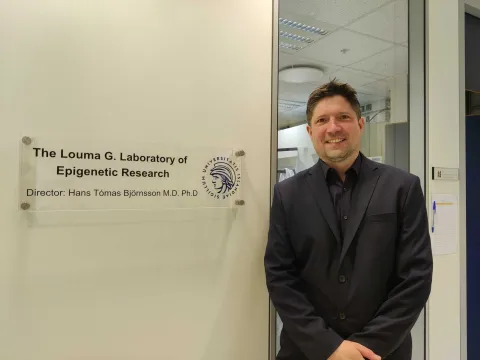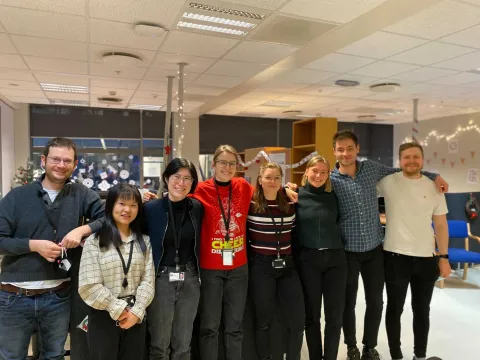
The focus of the Louma G. Laboratory of Epigenetic Research is to uncover fundamental truths regarding the role of epigenetics in health and disease and use those insights to develop novel therapeutic options for individuals with rare untreatable disorders.




